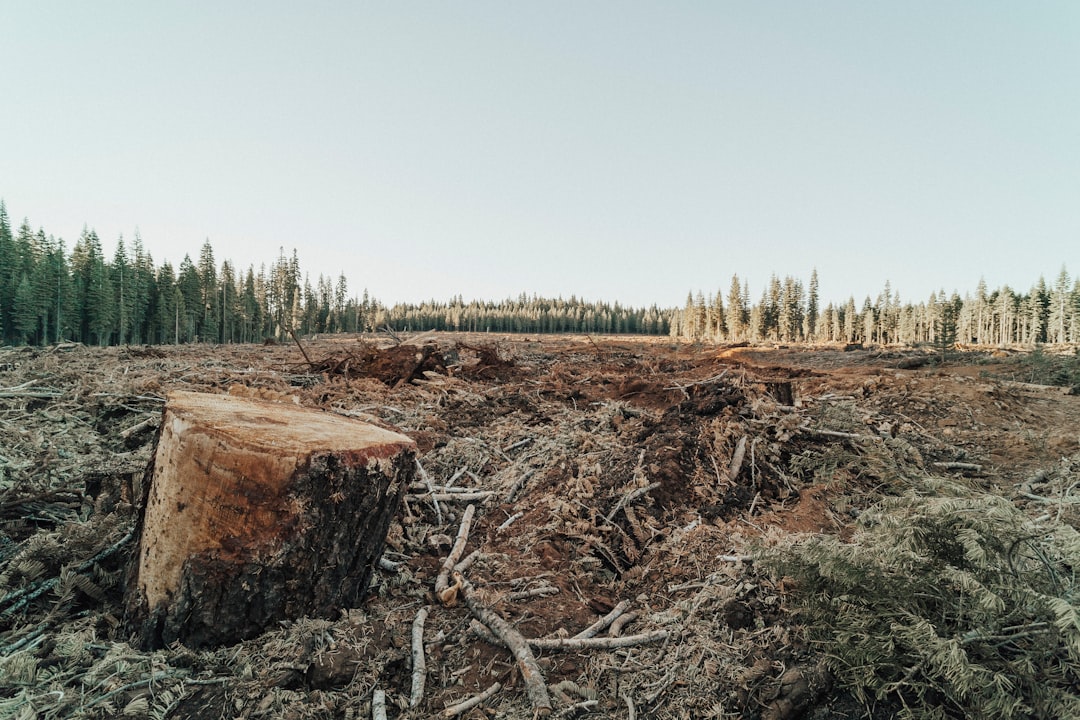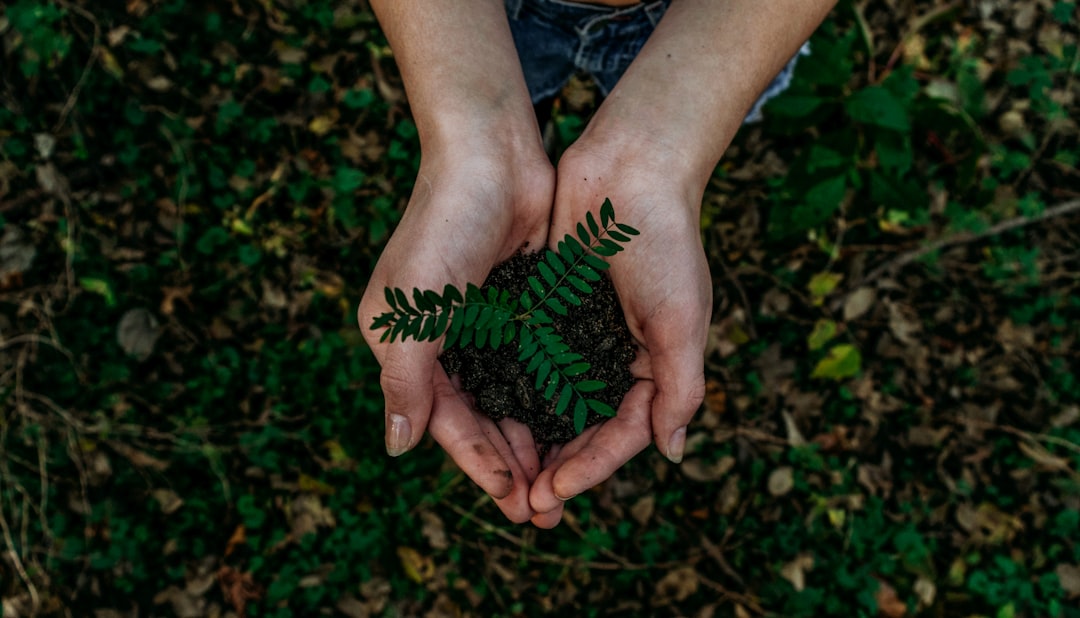- Important, Not Important
- Posts
- 🧠 Explainer: Deforestation
🧠 Explainer: Deforestation
Everything you need to know about deforestation

What is deforestation?
Deforestation is the clearing of forests to make way for other land uses, such as agriculture, mining, or urbanization. This practice has literally changed the face of the world: 2,000 years ago, 80% of Western Europe was forested. Today the amount of forested land in Western Europe is closer to 34%. A similar pattern has repeated throughout the world, resulting in the loss of some of the world’s most diverse and carbon-rich ecosystems.
You might be thinking “Well, trees grow back. We can just replant a lot of what we’ve lost.”
Sure, in theory.
In practice, it’s not so straightforward. Deforestation is measured as the net change in forest cover — so how quickly countries are replanting trees to replace what has been removed. In many cases, the net change is negative, especially in tropical regions.

Causes of deforestation
What causes deforestation? Of course, humans need land for food, shelter, and to make iPhones.
The unsustainable rate of deforestation is driven largely by economic interests including commercial logging, industrial farming, and infrastructure development.
These activities often lead to the fragmentation and degradation of forests, which can have serious ecological and social consequences, as forests are home to 80% of terrestrial species.
Where is deforestation happening the most?
In the tropics, a lot of deforestation is driven by the palm oil industry in Indonesia and expanding rangeland for cattle in the Amazon.
In temperature regions, like Canada, much of the deforestation is driven by extracting natural resources like oil, gas, and minerals.
Technically, deforestation is not logging, because it is defined as the clearing of trees to replace the land with other industries. However, the rate of logging in Canada for consumer goods like toilet paper is leading to a net loss of trees (yeah, it's not all "I'm sorry's" and poutine above the 49th parallel).

Deforestation effects
Forests are vital ecosystems that play important roles in regulating the Earth's climate, maintaining the water cycle, and supporting biodiversity. They absorb carbon dioxide from the atmosphere and store it in trees and soil, helping to mitigate the effects of greenhouse gas emissions.
When forests are cleared, this carbon is released into the atmosphere, contributing to the warming of the planet. And so, deforestation is having an extreme impact on global warming.
Forests provide habitat for countless species of plants and animals, many of which are found nowhere else on Earth, and are also home to millions of people around the world, including many Indigenous communities, who rely on these ecosystems for their livelihoods.
Deforestation can lead to soil erosion, which can cause flooding and landslides. It can also have negative impacts on human health, as it can lead to the spread of diseases and the loss of medicinal plants and other traditional resources.
Scientists are sounding alarms about deforestation in the Amazon, as it reaches a tipping point in its ability to generate its own rainfall.

Deforestation solutions

Sustainable forestry practices, reforestation efforts, and reducing demand for products that contribute to deforestation are all ways to stop deforestation.
🌲 Sustainable forestry practices involve managing forests in a way that balances environmental, social, and economic objectives. This can include measures such as reduced-impact logging, community-based forest management, and certification schemes like the Forest Stewardship Council.
🌳 Reforestation efforts involve planting new trees to replace those that have been lost. This can be done through natural regeneration or active planting programs. It should be mentioned that this isn’t an immediate solution for climate change because trees take hundreds of years to grow, and the placement of new trees needs to be considered in tandem with areas that have an increased risk of wildfires.
🌴 Reducing demand for products that contribute to deforestation involves choosing products that are sustainably produced and avoiding those that are not. This includes products like palm oil, beef, and soy.
Governments can also play a role in preventing deforestation by enacting policies and regulations that protect forests and the people who depend on them. This can include measures such as protected areas, community-based forest management, and land tenure reform.
Governments can also work to address the root causes of deforestation by promoting sustainable development and reducing poverty in forest-dependent communities.

🤝 What Can You Do To Stop Deforestation?
In addition to the solutions listed above, here are some action steps you can take to mitigate deforestation:
Use the Accountability Framework to get your company to manage its resources and supply chain responsibly
Support Global Canopy’s work collecting data to help companies mitigate sustainability risks
Invest in projects that restore natural capital with ReGen
Support the Conservation Through Reconciliation Project to advance Indigenous-led conservation programs
Check out this atlas of forest and landscape restoration opportunities
🎧️ Go Deeper On The Pod
Sustainable Trees + Death Metal with Iara Lacher
Lessons From Plants with Beronda Montgomery
Fresh Banana Leaves with Jessica Hernandez

Reply